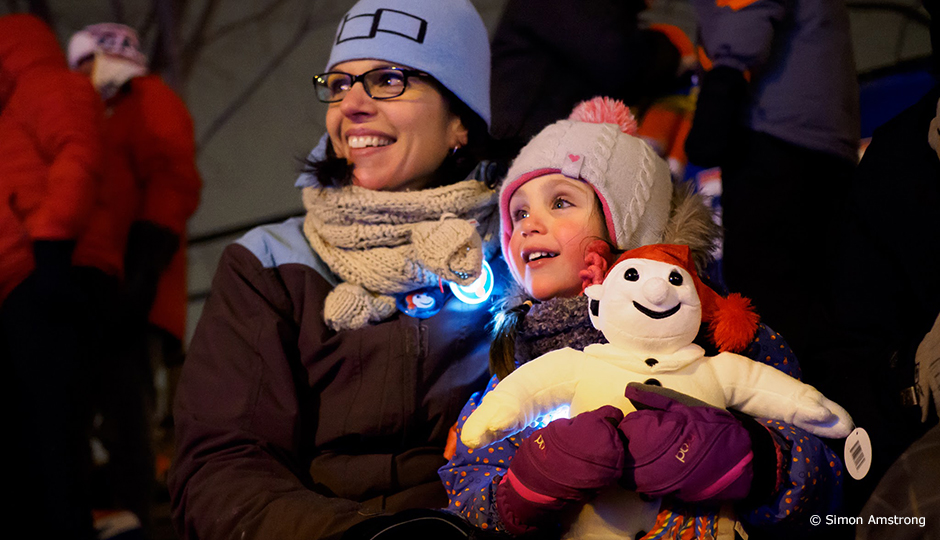Is Québec Winter Carnival simply a tourist event, or is it part of Québec's cultural heritage? What about Mi-Carême, which is celebrated in only three Québec communities? How do we evaluate the heritage value of celebrations such as these?
Martine Roberge observed the vitality of the festivals, their relationship to commercialization and tourism, and their contribution to the development of local identity.
Martine Roberge, a professor of ethnology at Université Laval, examined these two festivals in order to address the question of the patrimonialization of festive traditions and identify the mechanisms at work in the process of constructing heritage value, including the recognition, appropriation and transmission of these festivals by the community. She observed the vitality of the festivals, their relationship to commercialization and tourism, and their contribution to the development of local identity.
The study showed, among other things, how Québec Winter Carnival was able to "save" its heritage value by bringing back traditional activities such as the Carnival Duchesses and the crowning of the Carnival Queen, which require the participation of the local population.
The part of the study that looked at Mi-Carême celebrations aroused great interest. The media, in particular, were eager to rediscover this largely-forgotten tradition in which villagers, disguised from head to toe, visit their neighbours, who try to guess their identity.
The results have also been included in an ethnological study commissioned by the Ministère de la Culture et des Communications. The expertise of Martine Roberge is often called upon to help this ministry to evaluate whether certain activities should be designated as elements of intangible heritage.




